MC Answers: 1. C / 2. A / 3. B / 4. D/ 5. C / 6. A / 7. B/ 8. C
-
Define homologous structure and sketch and label an example of homologous structures in the box provided.
- Homologous structures: Physical features shared due to evolutionary history (a common ancestor). Typically a shared, complex internal structure.
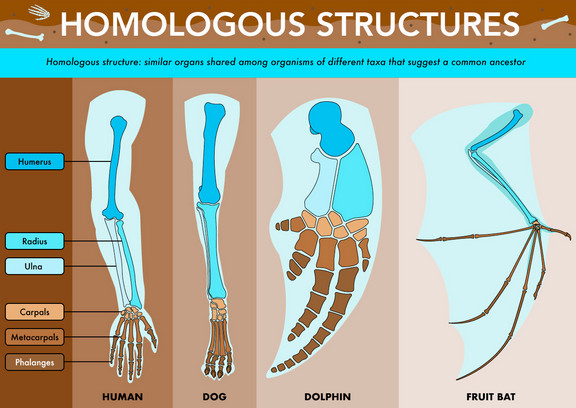
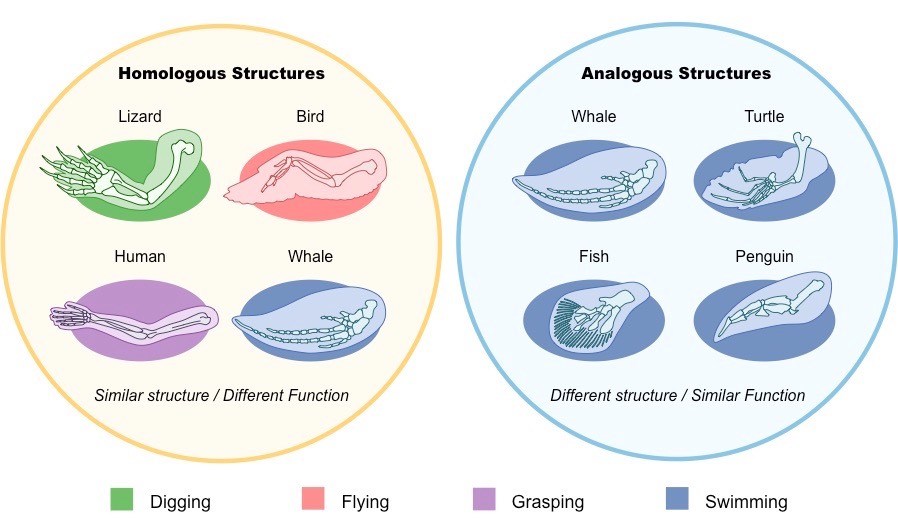
2. Define analogous structure and sketch and label an example of analogous structures in the box provided.
Analogous structures: structures in different species having the same function but have evolved separately, thus do not share common ancestor.
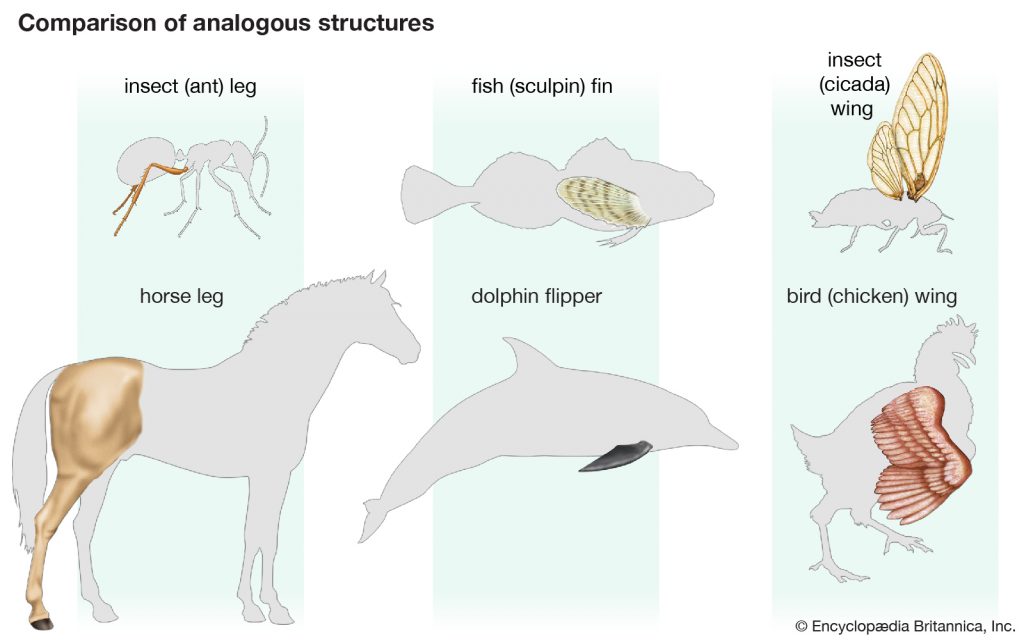
3. What evolutionary advancements needed to evolve for vertebrates to adapt to land? (Origin of tetrapods Click and learn – choose three points are say what changed and why it was needed).
- Sturdy Ribcage – Fish have thin rib bones. Tetrapods have a sturdy ribcage that supports the weight of the body out of water and prevents the lungs from collapsing. Rib cages of transitional fossils give us clues to whether that organism was capable of coming on land.
- Strong limbs – Bone structure in the limbs allowed for the organism to hold up its own weight. This was developed from lobe-finned fish where a single bone supports the fin. This is homologous to the humerus in tetrapods. From their development of the radius, ulna, and strong shoulders allowed the organism to hold itself up.
- Lungs – Interestingly, lungs developed before tetrapods. They were an adaptation to low oxygen aquatic environments. However, this set the stage and was needed for the eventual transition onto land. Lungs continued to develop and increase complexity and surface area throughout vertebrate evolution.
Others can be chosen from the click and learn as well – ex. flat head and neck or digits.
4. Complete the complimentary bases on the example DNA ladder.
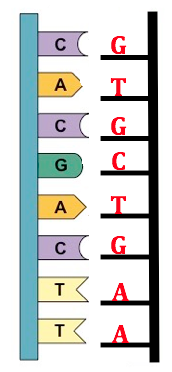
5.Define mutation.
Mutation = Any change to genetic material.
6. How do mutations arise?
Randomly!
7. Give an example (not from your notes) of a positive, negative, and neutral mutation.
Neutral – Kermode Bear white coat colour, free ear lobes, heterochromia (two different coloured eyes)
Negative – Red-Green Colour Blindness, Hemophilia (Disease causing inability to clot blood), Cystic Fibrosis
Positive – Lactose tolerance, Rich Colour Vision, HIV Resistance
8.What is the difference between a gene, a chromosome, and an allele?
Gene = A length of DNA that codes for a single protein (i.e. influences a characteristic) Each gene is at a specific location.
Allele = Specific forms of genes (i.e. variations or versions of genes – think blue eyes vs. brown eyes).
Chromosome – Large pieces of DNA that wrap and condense before replicating (contains many genes).
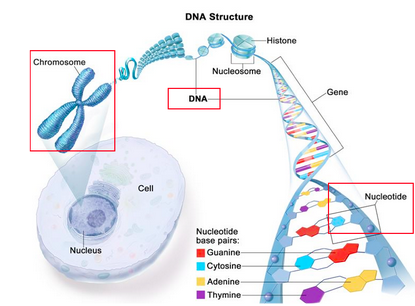
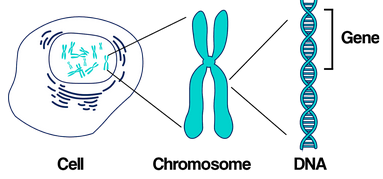
9. What is the connection between DNA and evolution?
DNA is the “instructions” for an organism. DNA contains thousands of genes (~23000 in humans) and each gene codes for a specific trait. However, sometimes DNA gets mutated and the gene can produce a new trait or allele. In a population, there is a large variety of many traits – some are better than others.
The better traits get selected for by nature – meaning those traits lead to an organism reproducing more often and making more offspring. This makes the best alleles become more common in a population. Even without nature we see this – we select for certain traits we want in dogs! Over time and breeding, we can develop a new breed of dog with those traits.
To put it simply, DNA codes for all traits – Mutation creates variation in traits – evolution selections for the best versions of a trait.
Comments by shaun pletsch